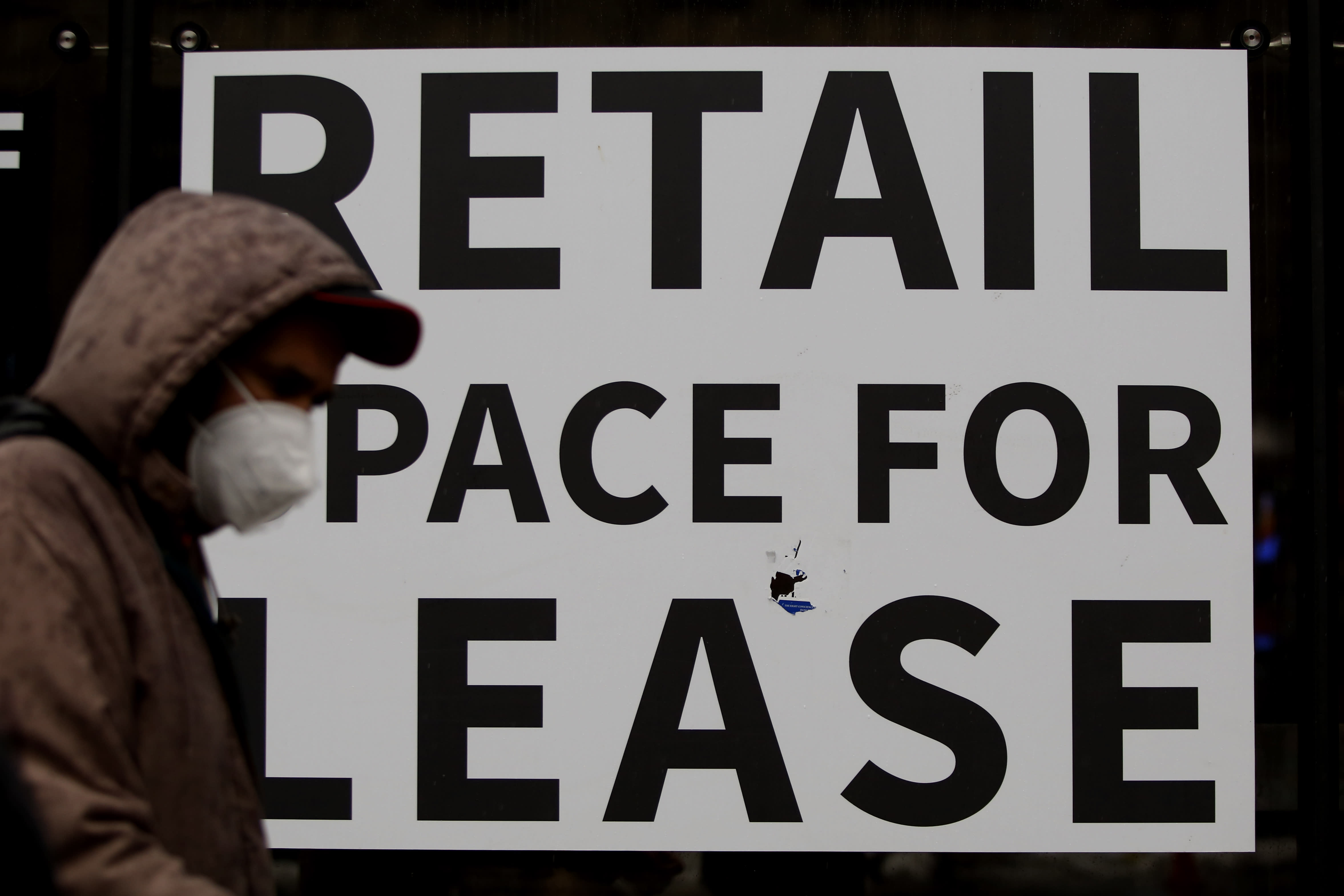Small business closures across the U.S. and the world are creeping back toward their pandemic peaks, according to a report from Facebook and the Small Business Roundtable.
“It continues to be a very painful time for small businesses,” John Stanford, co-executive director of the Small Business Roundtable, told CNBC’s “Worldwide Exchange” on Thursday.
The report, which surveyed over 35,000 small and medium-size businesses across the world, found that 22% of U.S. small businesses were closed in February. Those figures were up from October’s 14%. At the peak in May, the pandemic saw 23% of small and medium-size businesses closed — only 1 percentage point higher than the current closure rate.
While the overall closures are nearing Covid highs, the report found that different areas of the country were experiencing varying degrees of difficulty. Some states, like Maine, Idaho and Colorado, were seeing 9%-10% closures, while others like New York, Pennsylvania, and Massachusetts were seeing at least 30% closed.
Within states, the report also found that certain demographics were getting hit harder than others: 27% of minority-led small and medium-size businesses reported closures, compared with 18% of others. Female-led businesses saw 25% closure rates, while 20% of male-led businesses closed.
Small and medium-size businesses are continuing to see the impact of the pandemic despite a relative bounce back for larger corporations. “Small businesses are really our front-line defense for the business community,” Stanford said. “They feel impacts first, and those impacts stay the longest.”
“So while larger companies with larger capital reserve may be doing OK, small businesses can’t just take the risk to stay open, and I think we’re seeing that play out with these high numbers,” he added.
During a year of Covid closures, Congress rolled out programs like the Payroll Protection Program, designed to help small businesses keep their employees on payroll. Stanford said while the data shows that the PPP was “instrumental” to small businesses, these types of programs weren’t designed to be sustainable a year out.
“We have to remember, PPP was a bridge program,” Stanford said. “It was meant to keep people on the payroll, it wasn’t meant necessarily to keep businesses open.”
According to the report, 27% of small and medium businesses said they had to reduce their workforce — and 48% of those companies said they had to lay off at least half of their workforce. When it comes to getting those employees back, 51% of the businesses surveyed said they were not planning to rehire former employees within the next six months.
“PPP and others really helped get us through a shutdown of a year’s economy, but I think we’ve got a tough road ahead,” Stanford said.
However, 18% of small and medium-size businesses said they had already hired back some of their employees within the last three months. The report noted that those businesses account for 60%-70% of workforces across the world, so the prospect of rehiring would be critical to the rebound of many economies.
Stanford said that overall, he’s optimistic about small businesses’s ability to bounce back.
“Entrepreneurs are survivors. … We reopen the economy, we reopen states, when things get back to normal, we are going to come back in a fast way,” he said. “When life picks back up in just a few months here, you’re going to see small business numbers turning around.”
